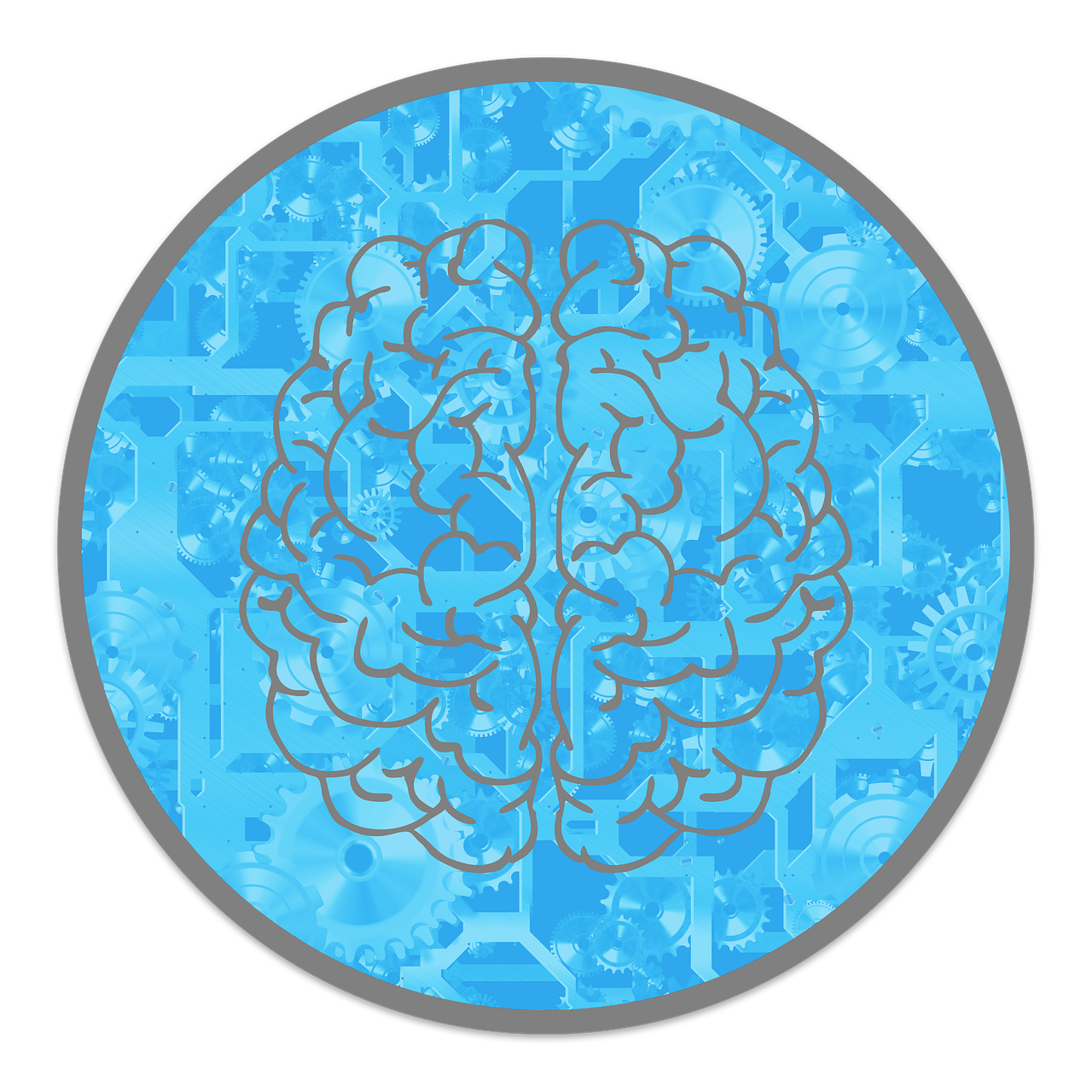
Discounts have a special appeal that often encourages people to buy things they might not have thought about otherwise.
Among the many types of discounts, the “50% off” deal is particularly powerful—it feels like an unbeatable bargain.
But what makes this specific discount so attractive?
Let’s explore the psychology behind discounts and uncover why a 50% discount feels like such a great deal.
The Power of Perception
The success of discounts comes down to how people perceive value.
When shoppers see a discounted price, they compare it to the original price to decide if it’s a good deal.
The bigger the discount, the more valuable the offer seems.
For example, research shows that people are about twice as likely to buy a product with a 20% discount compared to one at full price.
But when the discount jumps to 50%, the chance of a purchase skyrockets to 99%.
In other words, a 50% off deal feels like a steal, making it almost irresistible.
This shows how much perception drives our buying decisions.

Psychological Triggers Behind Discounts
Perceived value
A big discount, like 50% off, makes a product feel like a much better deal.
Shoppers feel they’re getting more for less, which can make them comfortable buying something they might have skipped at full price.
This sense of getting a great value is a strong motivator and often tips the scales in favor of making a purchase.
Sense of urgency
Discounts often come with a ticking clock—think “limited-time offer” or “sale ends soon.”
This creates a sense of urgency, pushing people to act quickly so they don’t miss out.
It taps into the fear of missing out (FOMO), which can lead to quicker, sometimes impulsive, buying decisions.
Anchoring effect
The anchoring effect is a mental shortcut where people rely heavily on the first piece of information they see—in this case, the original price.
When a 50% discount is applied, the original price acts as an anchor, making the sale price seem like an incredible deal in comparison.
This shift in perception makes the discounted price feel like a steal, even if the product might still be expensive.

The Emotional Response to Discounts
Happiness and satisfaction
Getting a great deal feels good.
When shoppers snag a product at 50% off, it sparks a sense of joy and accomplishment.
This emotional boost makes the shopping experience more enjoyable and rewarding, leaving customers feeling happy and satisfied with their purchase.
Trust in discounts
Shoppers often believe that discounts are real savings off the original price.
This trust builds excitement and can deepen their connection to a brand.
However, businesses need to be honest and transparent with their discounts to maintain this trust.
If customers feel misled, it can damage the relationship.
Authentic discounts not only drive sales but also build long-term loyalty.
The Role of Scarcity and Exclusivity
Perceived scarcity
When discounts are linked to limited-time offers or limited stock, they create a sense of scarcity.
This makes the product feel more desirable and can push shoppers to act quickly, fearing they might miss out on the deal.
Scarcity taps into our instinct to grab opportunities before they’re gone, driving faster purchasing decisions.
Discount framing
How a discount is presented can influence consumer perception.
For lower-priced items (below $100), framing discounts as percentages (e.g., 20% off) is more effective, as the percentage appears more substantial.
For higher-priced items, stating the discount in dollar amounts (e.g., $200 off) can have a greater impact.

Why 50% Feels Special
A 50% discount stands out because it’s simple, clear, and feels like a major win.
Cutting the price in half is easy to understand and instantly communicates big savings.
This straightforward reduction makes the deal feel especially appealing, as shoppers can quickly see the value and feel like they’re getting a great bargain.
It’s no wonder a 50% off offer feels so irresistible!
How Businesses Use Discounts Strategically
To attract customers
Big discounts are a great way to bring in new customers.
A first-time discount acts like a welcome offer, encouraging people to try a product or service they might not have considered otherwise.
This can lead to repeat purchases and build long-term loyalty.
To clear out inventory
Discounts help businesses manage their stock by selling off excess or older items.
By lowering prices, companies can quickly clear out inventory, making space for new products while still turning a profit.
To create a sense of urgency
Time-limited discounts push shoppers to act fast.
By creating a “now or never” feeling, businesses tap into the fear of missing out (FOMO), driving quick sales and boosting revenue in a short amount of time.

Practical Takeaways
For consumers
Be aware of how discounts play on your emotions and decision-making.
Before buying, ask yourself if the purchase is something you truly need or if you’re just tempted by the deal.
Staying mindful can help you make smarter, more intentional choices.
For businesses
Use discounts as a strategic tool to attract new customers, clear out old inventory, and create a sense of urgency.
But remember, honesty matters—make sure your discounts are real and meaningful.
Overusing discounts can lead customers to expect them all the time, which can hurt your brand in the long run. Balance is key to building trust and loyalty.


